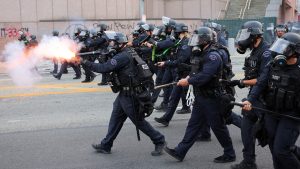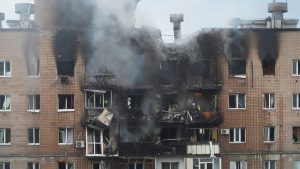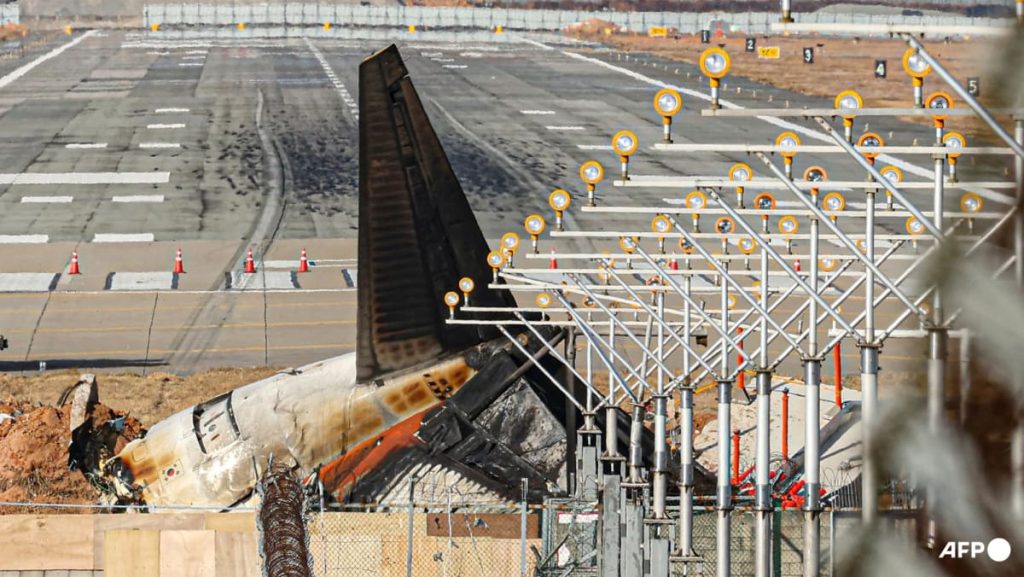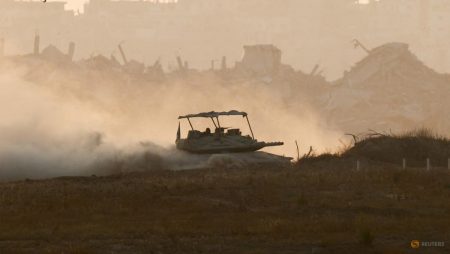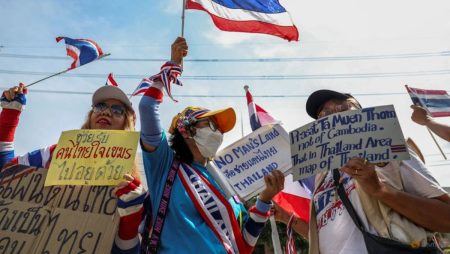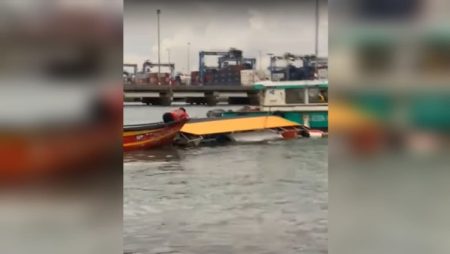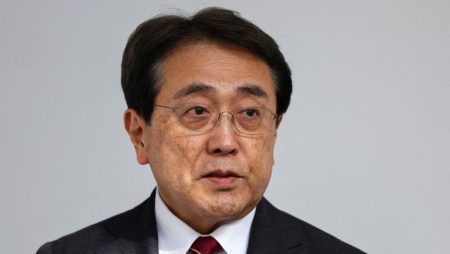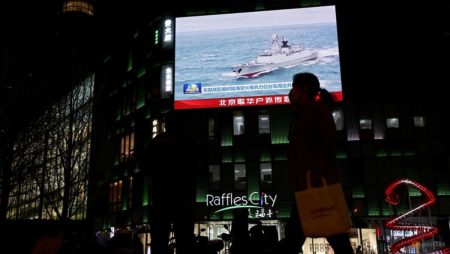The aftermath of the tragic Asiana Airlines Flight OZ8124 crash at Muan International Airport has plunged South Korea into a period of mourning and intense scrutiny, as authorities grapple with the complex investigation into the incident. The crash, which occurred during a landing attempt on Sunday, resulted in injuries to all passengers and crew, highlighting the critical importance of aviation safety protocols and the intricate process of determining causality in such complex events. While initial responses focused on immediate rescue and recovery efforts, the subsequent investigation has shifted towards understanding the technical and human factors that contributed to the accident. This multifaceted investigation, involving both national and international aviation authorities, underscores the global implications of air safety and the collaborative efforts required to prevent future tragedies.
The initial stages of the investigation saw a flurry of activity, with police, soldiers, and forensic investigators meticulously combing the crash site for clues. The urgency of these initial efforts reflected a desire to quickly ascertain the cause of the disaster and identify those responsible. However, the Ministry of Transport cautioned that a comprehensive investigation, encompassing all contributing factors, could take anywhere from six months to three years. This extended timeframe underscores the complexity of analyzing flight data, examining wreckage, and interviewing witnesses, all of which are crucial for piecing together the sequence of events leading up to the crash. The detailed nature of these investigations reflects the commitment to ensuring a thorough understanding of the incident and preventing similar occurrences in the future.
As the investigation gained momentum, police conducted targeted raids on the offices of Jeju Air, the operating airline, and the Muan airport operator. These raids aimed to secure vital documentation and evidence related to the flight’s pre-flight preparations, maintenance records, and air traffic control communications. The scrutiny of both the airline and the airport operator indicates the broad scope of the investigation, which seeks to uncover potential failures in various areas, including aircraft maintenance, pilot training, and airport operations. By examining these diverse aspects, investigators aim to create a holistic picture of the events leading up to the crash and identify systemic vulnerabilities that may have contributed to the accident.
In response to the incident and preliminary findings indicating potential issues with the aircraft’s landing gear, South Korean authorities announced a comprehensive inspection of all Boeing 737-800 aircraft operated by domestic carriers. This proactive measure reflects a commitment to ensuring the safety and airworthiness of the country’s commercial fleet. By focusing on the landing gear systems of these aircraft, authorities aim to identify any pre-existing issues or anomalies that might pose a risk to future flights. This thorough inspection campaign also highlights the importance of continuous monitoring and proactive maintenance in aviation safety, emphasizing that safety precautions must extend beyond immediate incident responses.
The investigation into the Asiana Airlines crash is being spearheaded by South Korean air safety officials, with the collaboration of the US Federal Aviation Administration (FAA). The FAA’s involvement, a common practice in international aviation incidents, underscores the global nature of air safety and the importance of shared expertise in investigating complex accidents. The FAA brings extensive experience and technical knowledge to the investigation, contributing to a more comprehensive and objective analysis of the crash. This collaborative approach ensures that the investigation benefits from a wider range of perspectives and analytical resources, leading to more effective recommendations for preventing future accidents.
Amidst the technical and logistical complexities of the investigation, the human element of the tragedy remained at the forefront. Relatives of the victims flocked to the crash site, a poignant reminder of the personal loss and grief associated with such incidents. The opportunity to pay respects and collect personal belongings provided a measure of solace amidst the profound sorrow. Acting President Choi Sang-mok’s confirmation that all victims had been identified and that bodies were being released to families for funeral arrangements marked a significant step towards providing closure for the grieving families. This compassionate response from authorities underscores the importance of not just understanding the technical causes of the crash, but also addressing the emotional needs of those directly affected by the tragedy.
